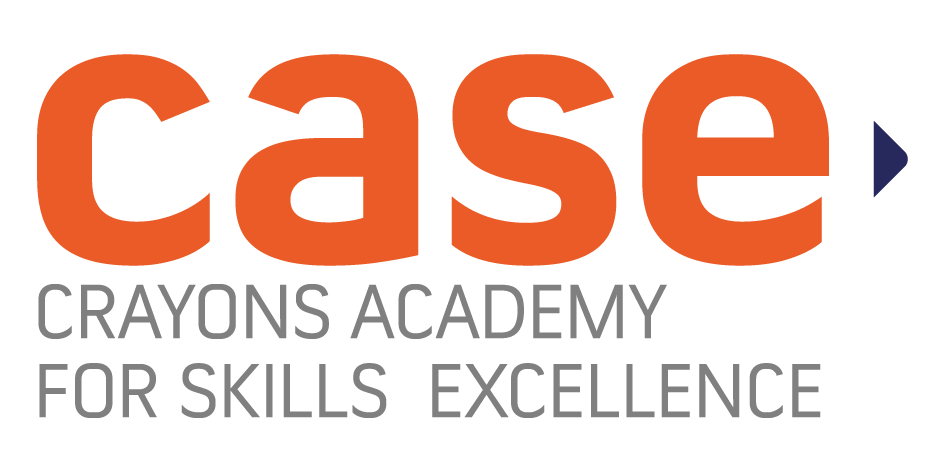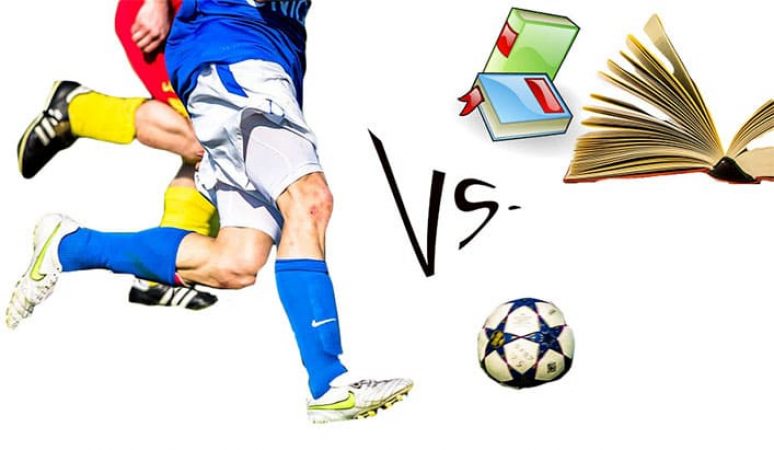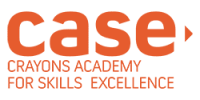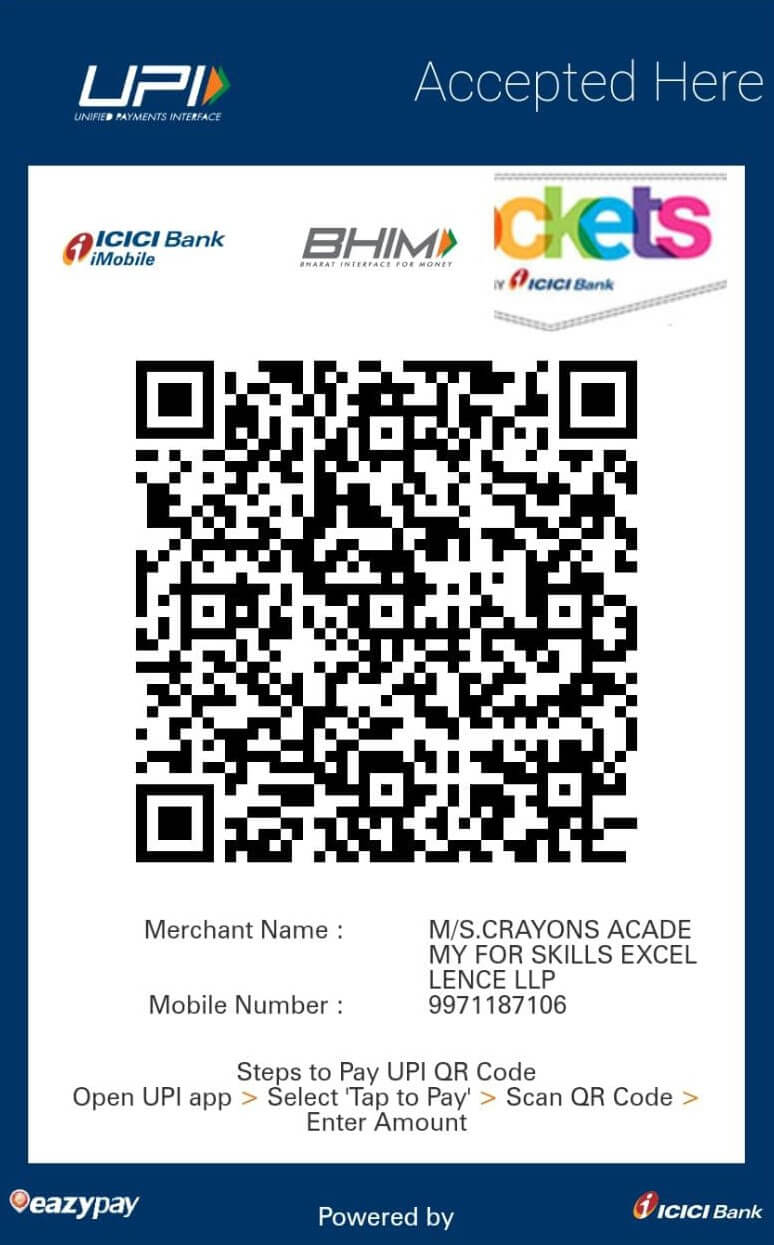Stanford student athletes have a lot to manage with 20 hours per week of practice, weight training, conditioning and games — plus the normal academic requirements of any other student. Many wake up as early as 5 a.m. and practice for three to four hours, six days a week. Though student athletes are supported through their academic advisors, coaches and teachers, along with the numerous programs and policies Stanford has implemented, there is still room for improvement.
The University has implemented a number of policies and programs to help athletes balance their different commitments.
Stanford’s assistant athletic director Austin Lee said Stanford strives to create a supportive environment that prevents students from being deterred from difficult classes because of their challenging schedules or fear of being barred from sports competitions because of NCAA academic requirements.
Academic programs for athletes include regular group tutorial sessions, intentionally scheduled to be convenient for athletes’ schedules, as well as drop-in hours for athletes. Group tutorials are usually offered twice a week for two hours in several popular subjects such as economics and computer science.
Hideki Nakada, assistant coach of the women’s soccer team, explained that coaches, athletic academic advisors and professors also work together to aid student athletes.
“Some players cannot make certain practices because school is the first priority,” Nakada said. “We have one player who misses every Wednesday.”
When Sameer Kumar ’19, a member of the men’s tennis team, traveled to Seattle for a tournament, he missed classes from Wednesday through Friday.
“[Professors] do a very good job of helping you make up your work if you miss class,” Kumar said.
Professors and coaches have even figured out a system for when student athletes have to miss midterms— coaches often proctor the exams for the athletes.
Academic conflicts
A major conflict that occurs for student athletes is finding classes that do not conflict with practice schedules.
“When scheduling for the fall, we didn’t get our practice schedule until after we signed up for classes,” Kumar said. “So we had to go back and change our schedules accordingly.”
Kumar has learned to accept the fact that sometimes his first choice for a class is simply not feasible.
Helen Stroheker ’18, a sophomore on the rowing team, has had to meet with her professors multiple times to figure out timelines for her work and to discuss pushing back deadlines whenever she’s in season. Last year, her course CEE 31Q: “Accessing Architecture Through Drawing,” which had 16 students, was moved up by one hour so that she would be able to attend.
Lee explained that the athletics department tries to help students organize their schedules.
“Very often we [the academic advisors] meet with students to see what their options are in terms of taking this class in another quarter or taking it at a different time with a different instructor. And if there is a more of a discussion that needs to happen with the coaching staff, we help facilitate those discussions,” Lee said.
But according to Lee, advising athletes academically is more than just talking to students about class schedules.
“There’s a whole set of NCAA rules and regulations that the varsity athletes have to follow, and how we track that is different from other students,” Lee said.
Lee said the NCAA rule that six units a quarter must be “degree-applicable” creates a burden for certain athletes. For example, pre-med students must take many required classes that are considered optional electives courses and not degree-applicable. Thus, pre-med students could find themselves in a situation in which they are not meeting the NCAA requirements while still taking a full course load.
Academic performance: stigma, stats and reality
According to Kumar, athletes can also sometimes feel as though there are lower academic expectations for them.
“[Professors] definitely try to help you a lot and want you to do well,” Kumar said. “But they might think, ‘You didn’t get into this school completely off academics.’”
Kumar also got a similar sense from his peers. In his first quarter here, he has heard non-athletes say things like, “If a class is full of athletes, it’s probably going to be an easy class,” or “There’s an athlete in my class who got a B, which means I can get an A.”
Despite these stigmas, evidence suggests that Stanford student athletes are some of the most academically high-performing college athletes in the country.
The most recent Graduation Success Rate (GSR) report released by the NCAA revealed that Stanford student athletes had an overall graduation rate of 98 percent. Eleven women’s programs and eight men’s programs achieved GSR scores of 100 percent, and Stanford football’s GSR of 99 percent, is significantly higher than the next best Pac-12 school, UCLA, with a score of 89 percent.
According to Lee, student athletes are not overrepresented in the population of students on academic probation either.
Behind these positive statistics, however, many student athletes still find themselves struggling.
Stroheker, who is taking 19 units this quarter and spends about 24 hours a week rowing — including traveling back and forth to the boathouse — is generally working during all of her free time between classes.
“You do have to choose to prioritize athletics and academics over your social life and other extra curriculars,” Stroheker said.
“I think that Stanford does a great job of helping academically balance school with sports without giving athletes too much help,” she added. “Where I see the biggest need for improvement is helping people find balance in their lives and achieve mental health.”
Areas for potential improvements
One of the actions Stanford has taken to help athlete mental health in the last year is hiring a dedicated nutritionist and a sports psychologist to work with student athletes.
Kumar suggested that tutoring could meet more often and be available for more classes. The only tutoring relevant to his classes this quarter was economics tutoring, which met only once a week from 6- 8 p.m.
“If you miss a class or have midterms coming up, it can get pretty tough because it’s only once a week,” Kumar said.
Although student athletes see areas where academic support could be improved for athletes, quitting or regretting their participation in a sport seems to be rare. Nakada has been a college coach for nine years, and during his three years at Stanford, there have been no cases in which a women’s soccer player has quit. In Lee’s seven years at Stanford, he reported that only about four or five recruited students decided to quit early in their freshman fall quarters.
Evidence suggests the passion athletes feel for their sport, combined with the resources Stanford provides, is enough to preclude student athletes from quitting.
“I love tennis; it’s my passion so I wouldn’t give it up,” Kumar said. “I made a lot of sacrifices for it, but it’s also given me a lot of rewards.”
Source: The Stanford Daily
December 9, 2015




